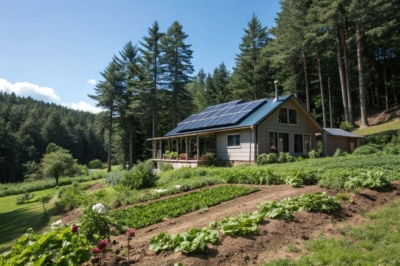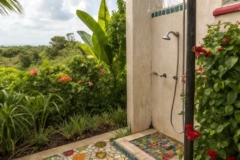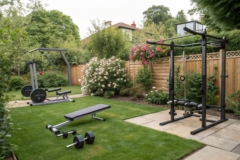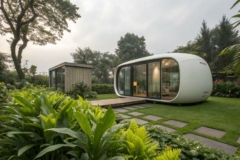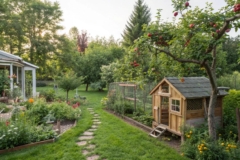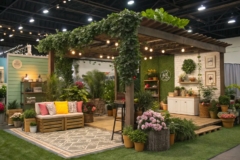1. Install a Geothermal Heating System
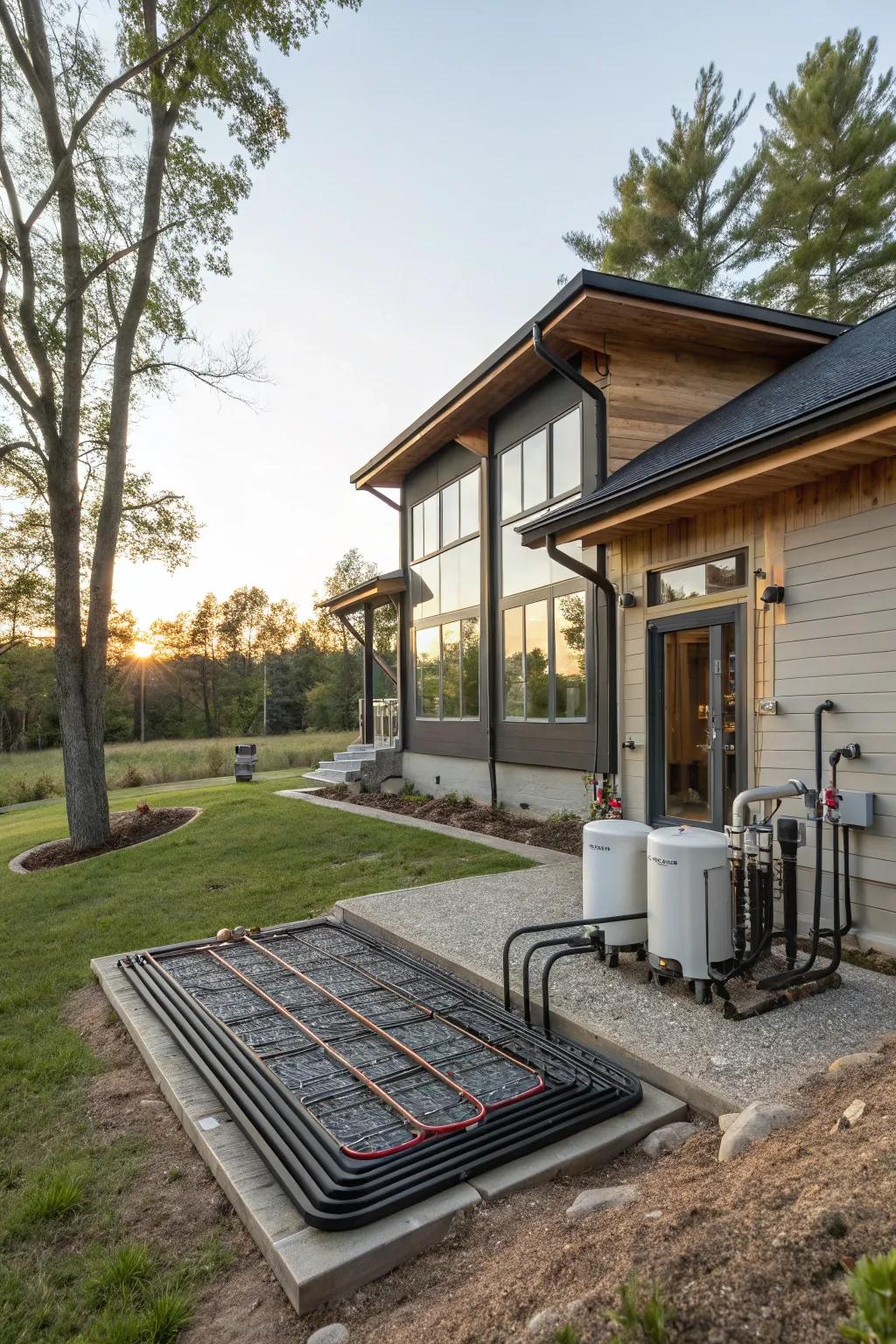
For efficient heating, consider a geothermal system that taps into the earth’s stable temperatures. My home stays cozy year-round with minimal energy use.
Maybe worth checking out:
- Geothermal Heat Pump: Upgrade your home’s comfort efficiently with a geothermal heat pump. Experience stable indoor temperatures year-round.
- Insulated Piping for Geothermal Systems: Enhance energy efficiency by installing insulated piping. Keep your geothermal system running optimally.
- Ground Loop Installation Kit: Simplify your geothermal system setup with a ground loop kit. Ensure effective heat exchange and efficiency.
2. Install a Green Roof

A green roof not only insulates your home but creates a haven for wildlife. Watching the bees dance around my rooftop garden is a daily joy.
A few suggestions:
- Green Roof Waterproof Membrane: Ensure your green roof stays protected from water damage; install a reliable waterproof membrane.
- Lightweight Plant Substrate: Provide essential nutrients and support plant growth with a premium lightweight substrate for green roofs.
- Bee-Friendly Wildflower Seeds: Attract beneficial insects by planting bee-friendly wildflowers; enhance your roof’s biodiversity today.
3. Build a Tiny Home
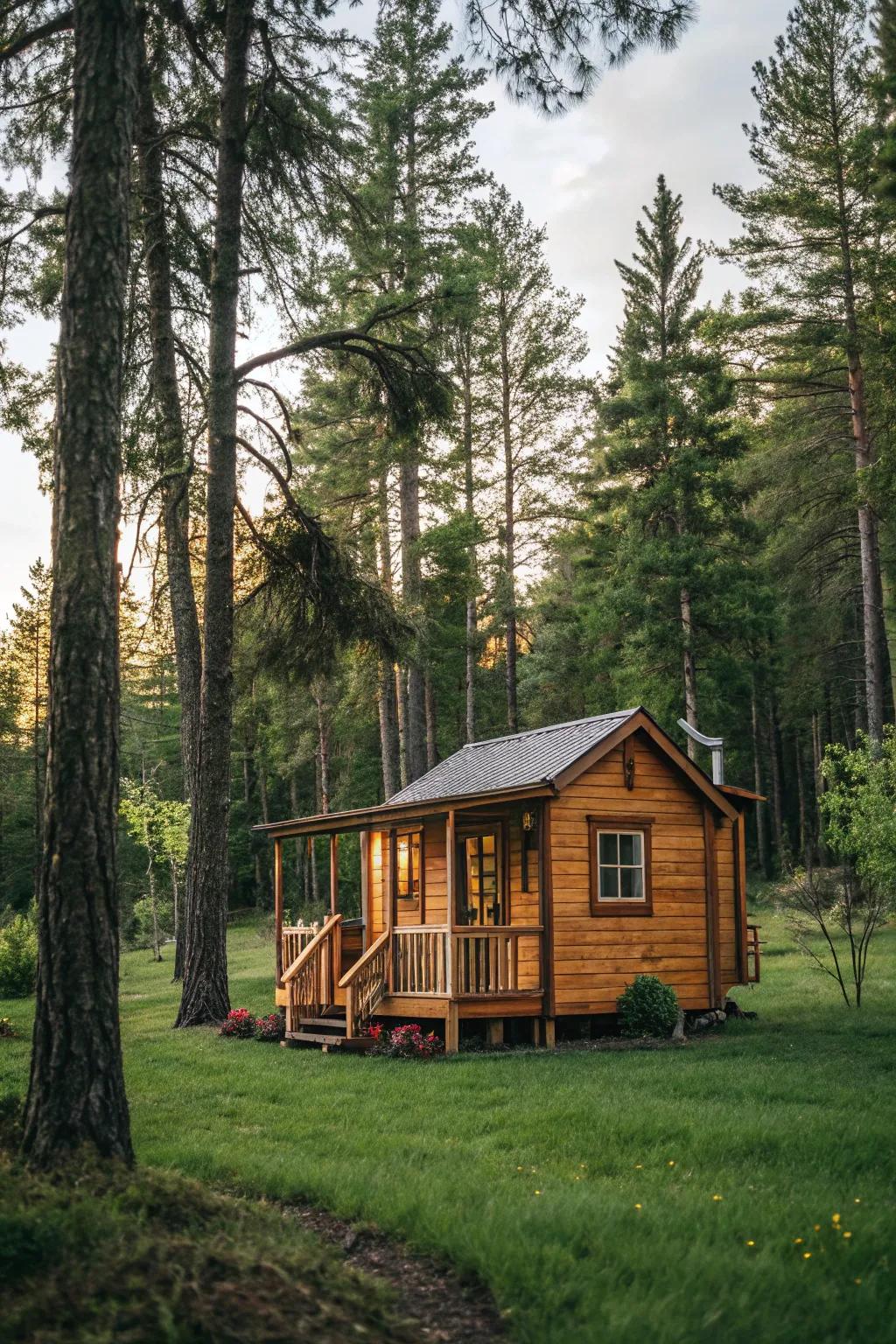
Embrace minimalism with a tiny home, which is both eco-friendly and cost-effective. My cozy cabin is a testament to how less can truly be more.
You might give these a try:
- Solar Panel Kit: Harness renewable energy effortlessly; power your tiny home sustainably and cost-effectively.
- Compostable Toilet: Upgrade with an eco-friendly toilet; simplify waste management without plumbing hassle.
- Mini Wood Stove: Stay warm with a compact stove; perfect for cozy heating in small spaces.
4. Collect Rainwater for Household Use
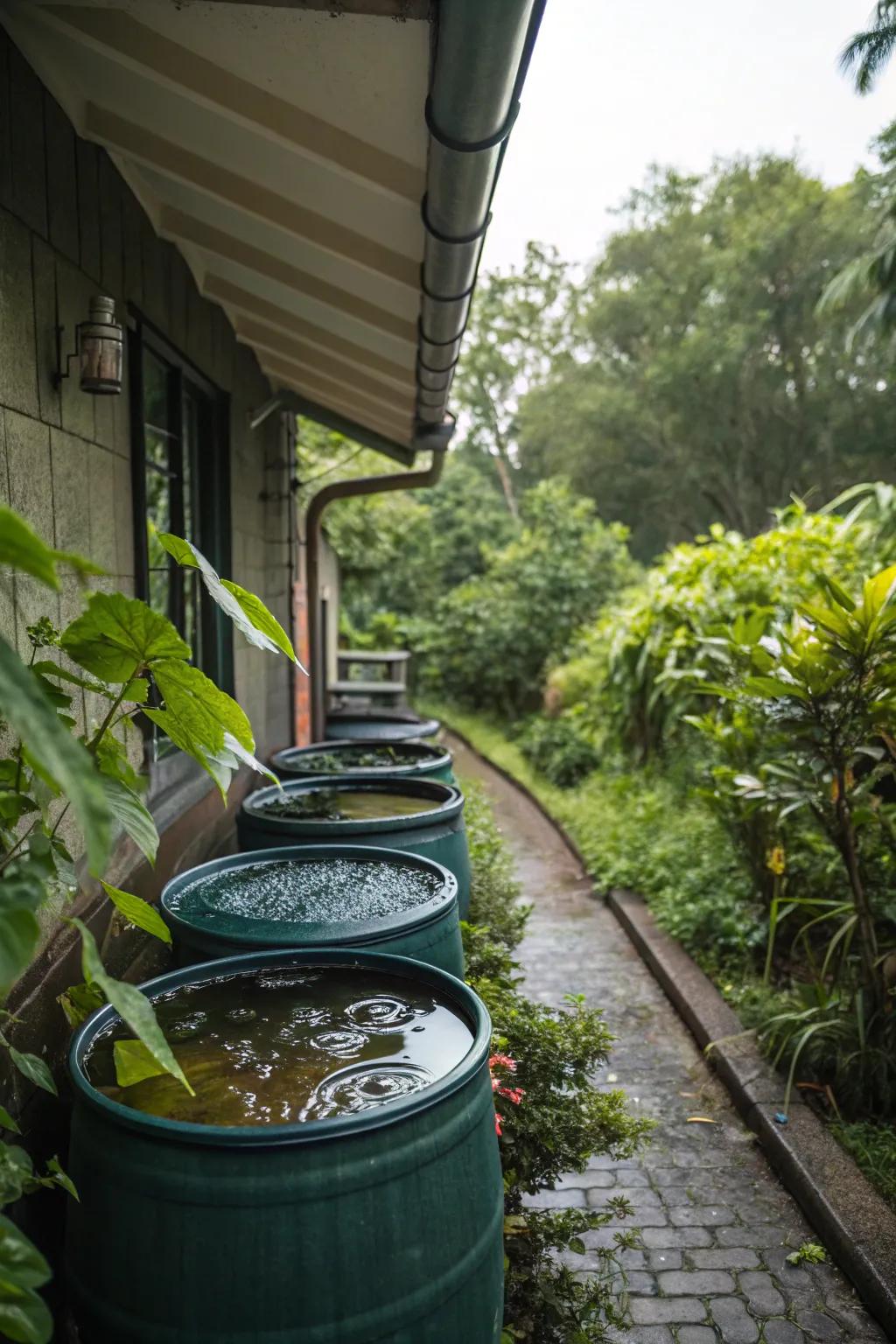
A rainwater harvesting system is an essential off-grid tool, capturing nature’s gift for your daily water needs. I’ve set up a simple system with barrels in my garden, and it’s been a lifesaver during dry spells.
Some ideas to consider:
- Rainwater Collection Barrel: Optimize water storage with a durable barrel, ideal for sustainable living. Start saving rainwater today!
- Gutter Downspout Diverter Kit: Efficiently channel rainwater from gutters into barrels with an easy-to-install diverter kit.
- Rainwater Filtration System: Enhance your rainwater quality with a reliable filtration system. Ensure clean water for household use.
5. Use Natural Building Materials
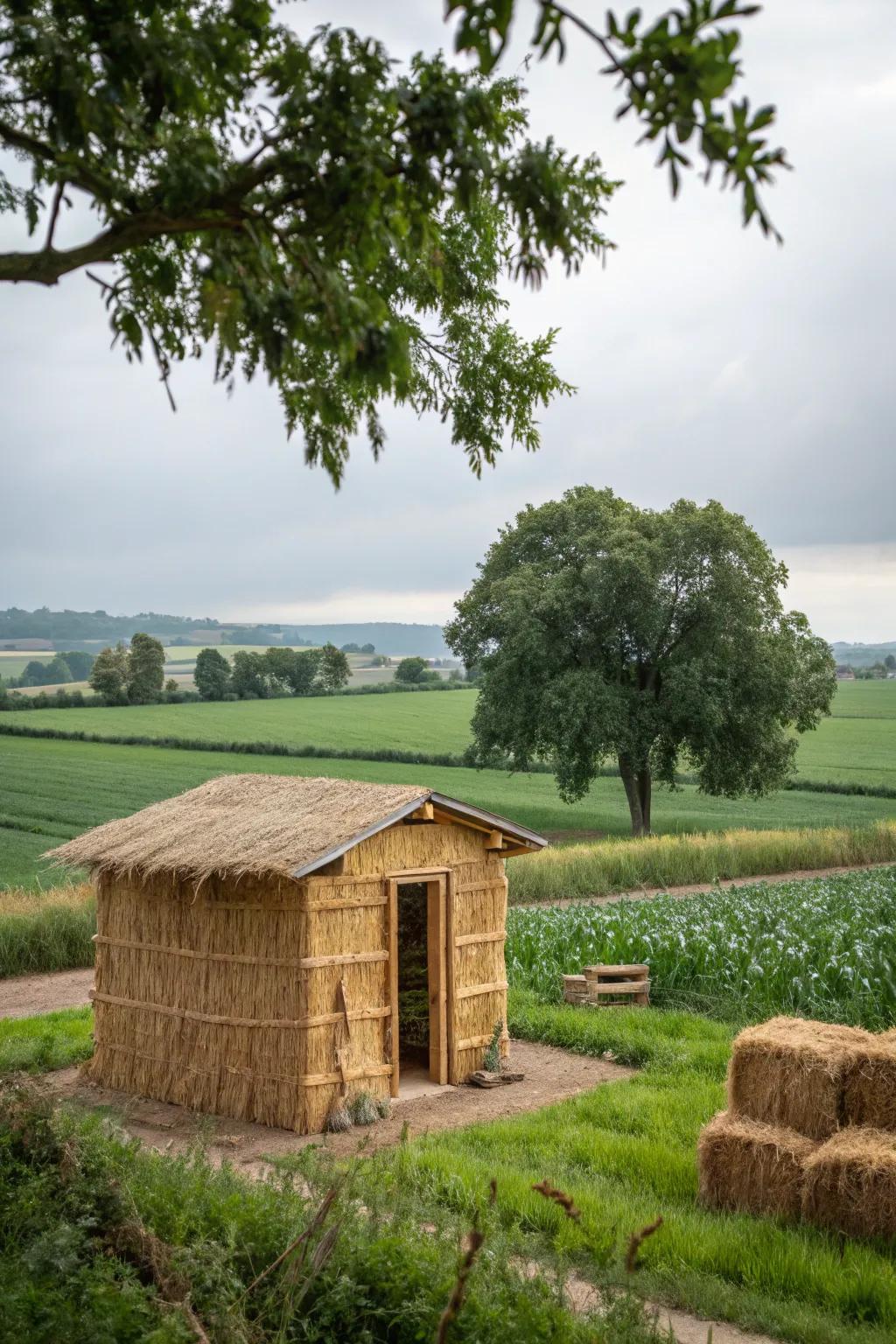
Constructing with natural materials like straw bales or cob offers both sustainability and charm. My shed, built from reclaimed wood, blends perfectly with the landscape.
A few helpful options:
- Straw Bale Building Guide: Discover techniques to construct sustainable structures with straw bales using this detailed guide.
- Cob Building Manual: Learn practical cob building methods for eco-friendly construction projects with this comprehensive manual.
- Reclaimed Wood Boards: Enhance your projects with rustic reclaimed wood, perfect for sustainable and charming structures.
6. Harness the Sun with Solar Power
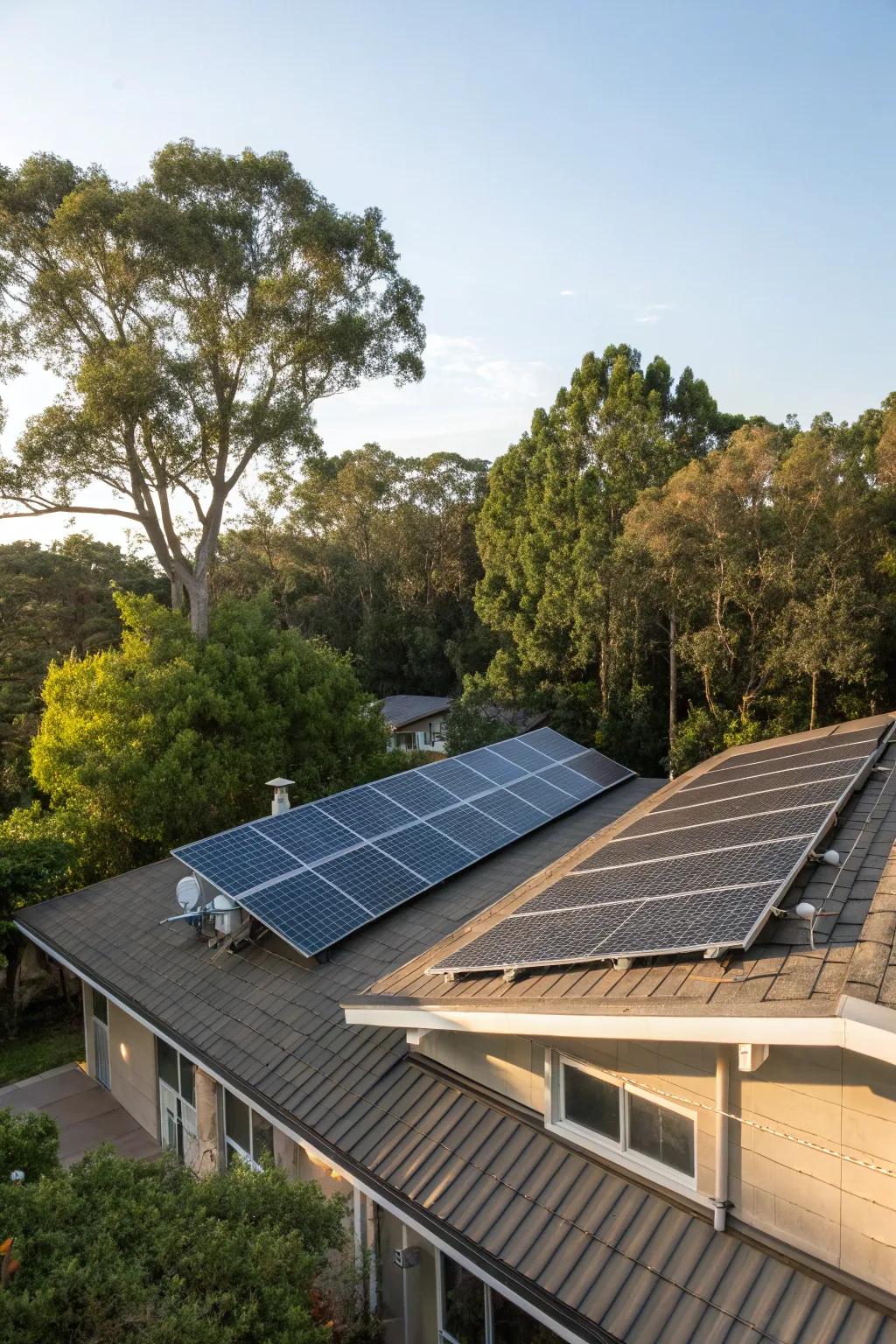
Switching to solar power is a game-changer for off-grid living, offering a renewable energy source that’s kind to your wallet and the planet. In my backyard, the solar panels have not only reduced my energy bills but also made me feel more connected to the natural power of the sun.
These products might be useful:
- Solar Panel Kit: Power your home sustainably and reduce costs with a versatile solar panel kit.
- Solar Power Inverter: Maximize energy efficiency by converting solar DC to usable AC power effortlessly.
- Solar Battery Storage System: Store excess solar energy for use anytime and enhance your off-grid capabilities.
7. Build a Passive Solar Greenhouse
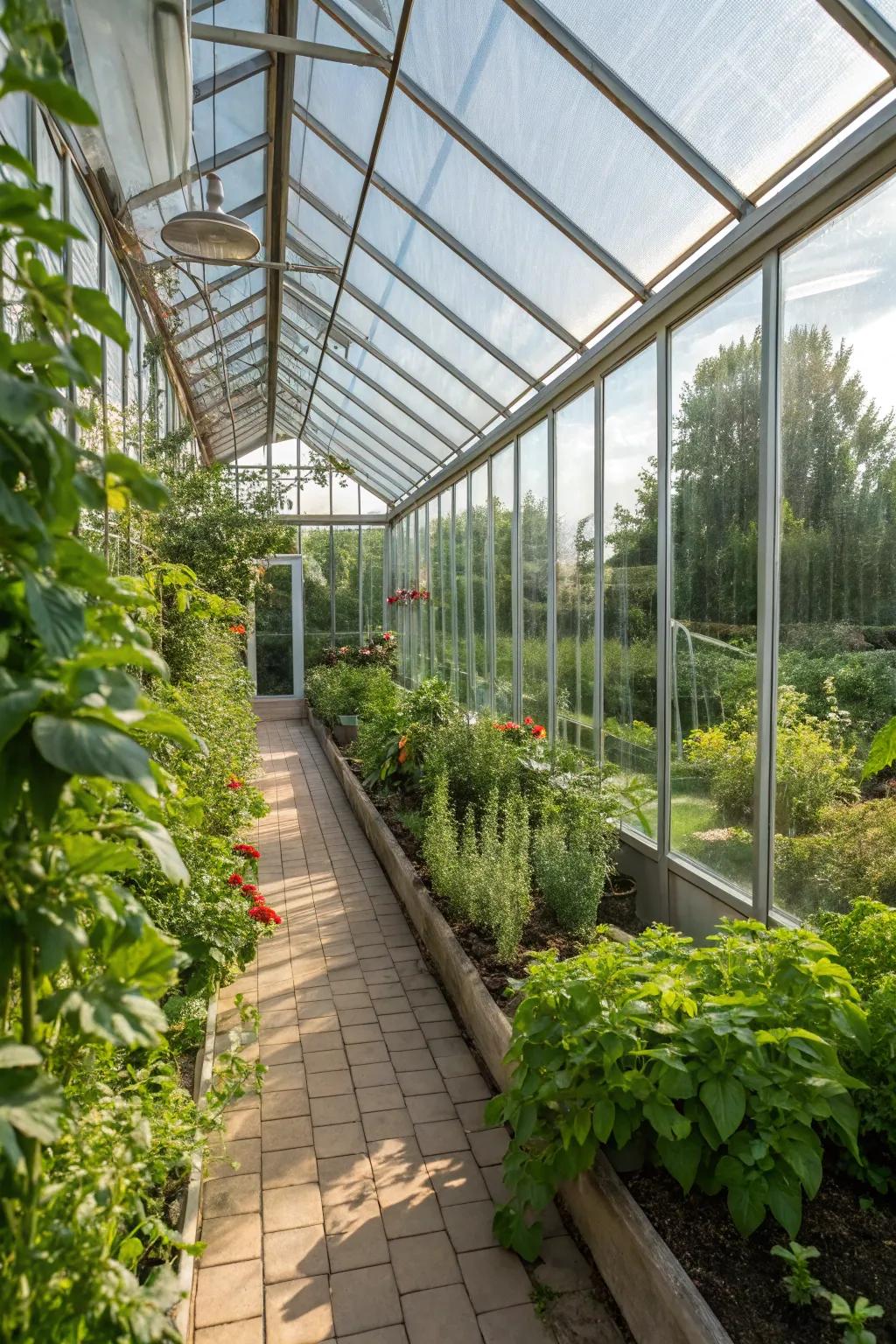
A passive solar greenhouse uses natural sunlight to extend your growing season. It’s a cozy corner of my garden where I nurture seedlings even in winter.
You might like:
- Thermal Mass Water Barrel: Use thermal mass water barrels to retain heat and maintain temperature in your greenhouse.
- Greenhouse Insulation Film: Enhance insulation with this film to keep your greenhouse warm during cold seasons.
- Automatic Vent Opener: Invest in an automatic vent opener for seamless temperature regulation in your greenhouse.
8. Embrace Off-Grid Internet Solutions
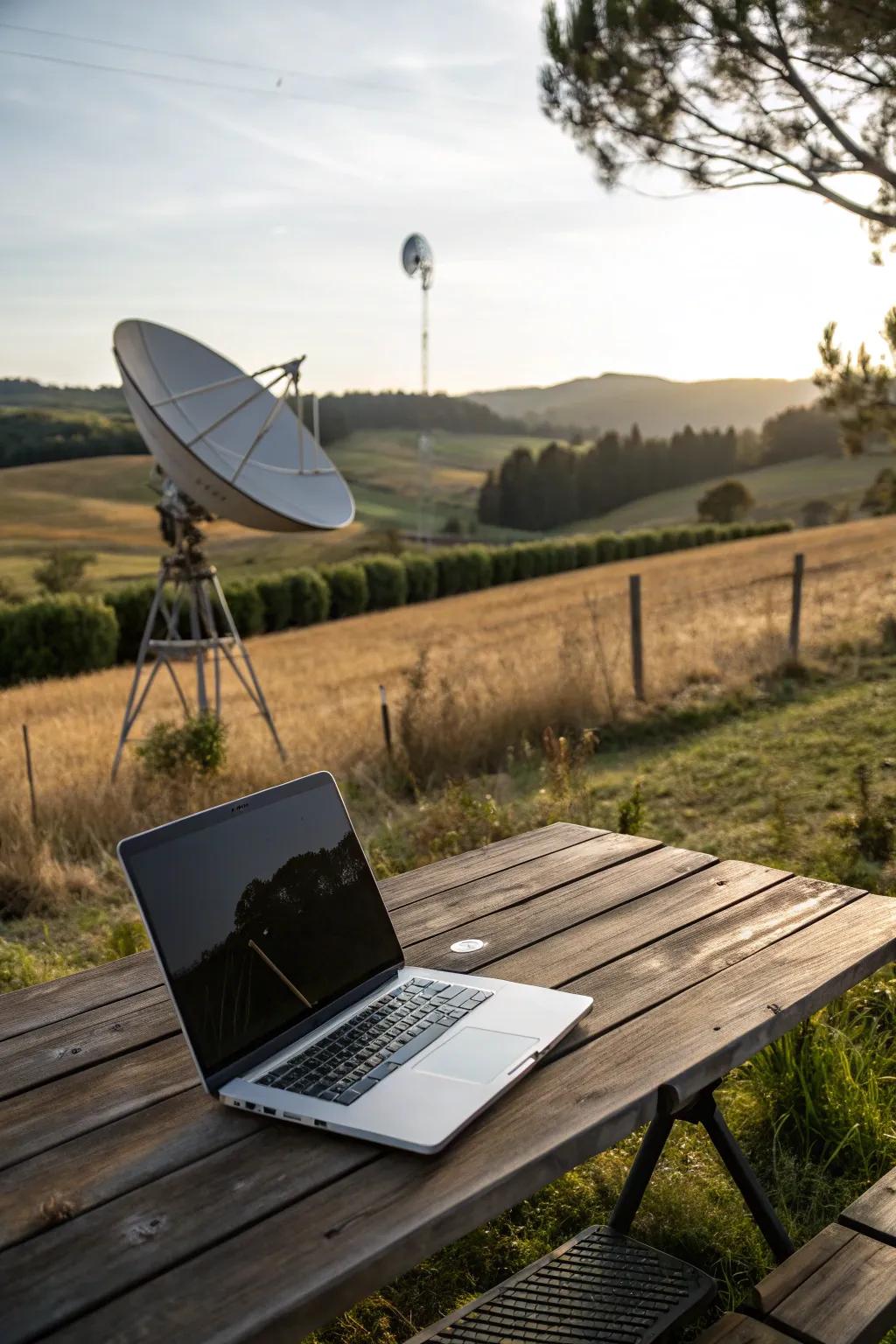
Stay connected with off-grid internet options like satellite or mobile hotspots. It keeps me in touch with the world without compromising my off-grid ideals.
Explore these options:
- Satellite Internet Dish: Connect to the internet anywhere off-grid with a reliable satellite dish setup.
- Portable Mobile Hotspot: Stay connected on-the-go with this compact and efficient mobile hotspot device.
- Solar-Powered Router: Power your internet connection sustainably with a solar-powered Wi-Fi router, ideal for off-grid living.
9. Cook with a Rocket Stove
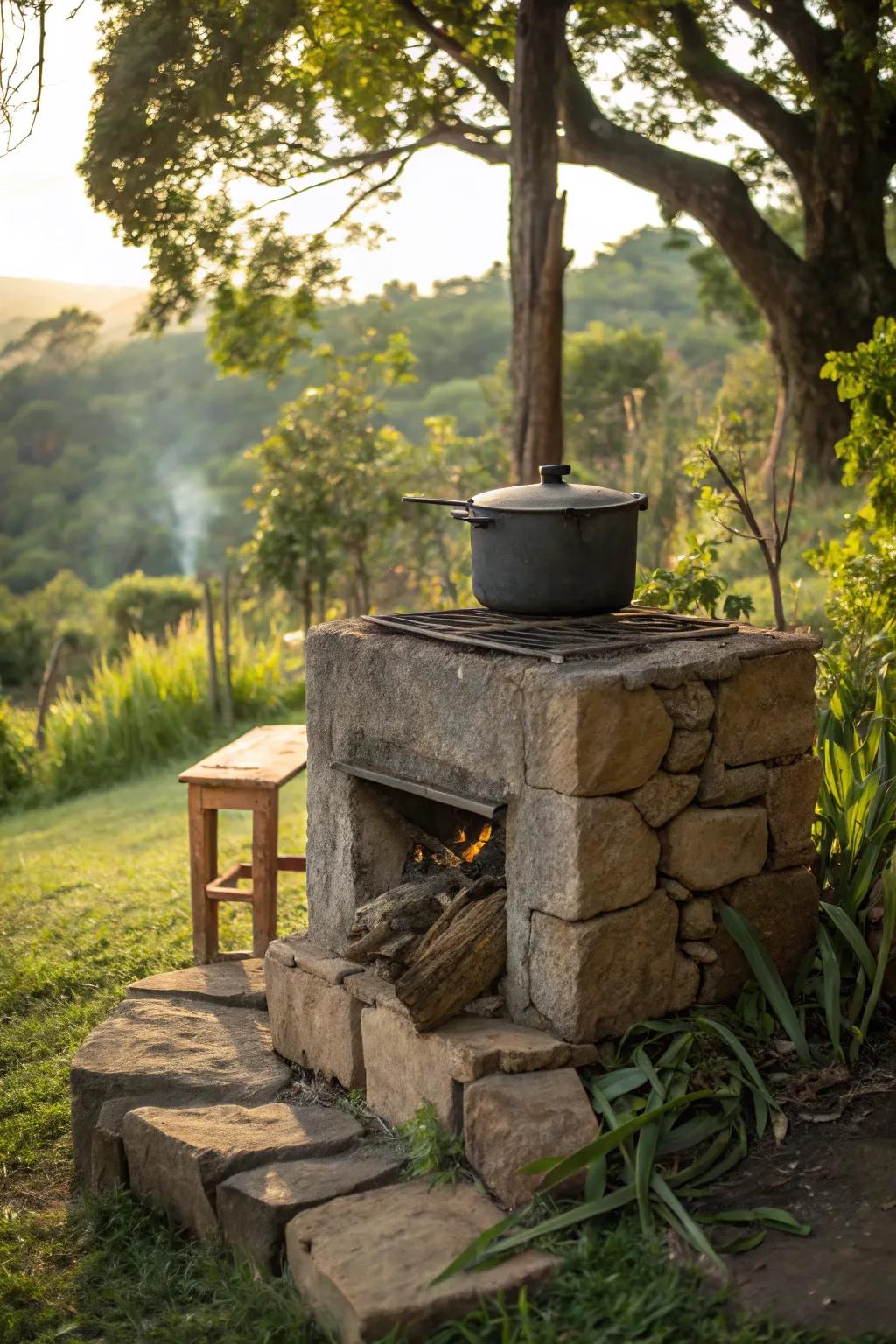
A rocket stove is an efficient way to cook using minimal fuel. I love the simplicity of gathering twigs and turning them into a delicious meal.
A few choices to try:
- Portable Rocket Stove: Explore off-grid cooking with an efficient rocket stove, perfect for outdoor adventures.
- Camping Cookware Set: Enhance your outdoor cooking experience with durable cookware, ideal for any rocket stove.
- Fire Starter Sticks: Easily ignite your rocket stove with reliable fire starter sticks. Perfect for quick and safe lighting.
10. Grow Your Own Food
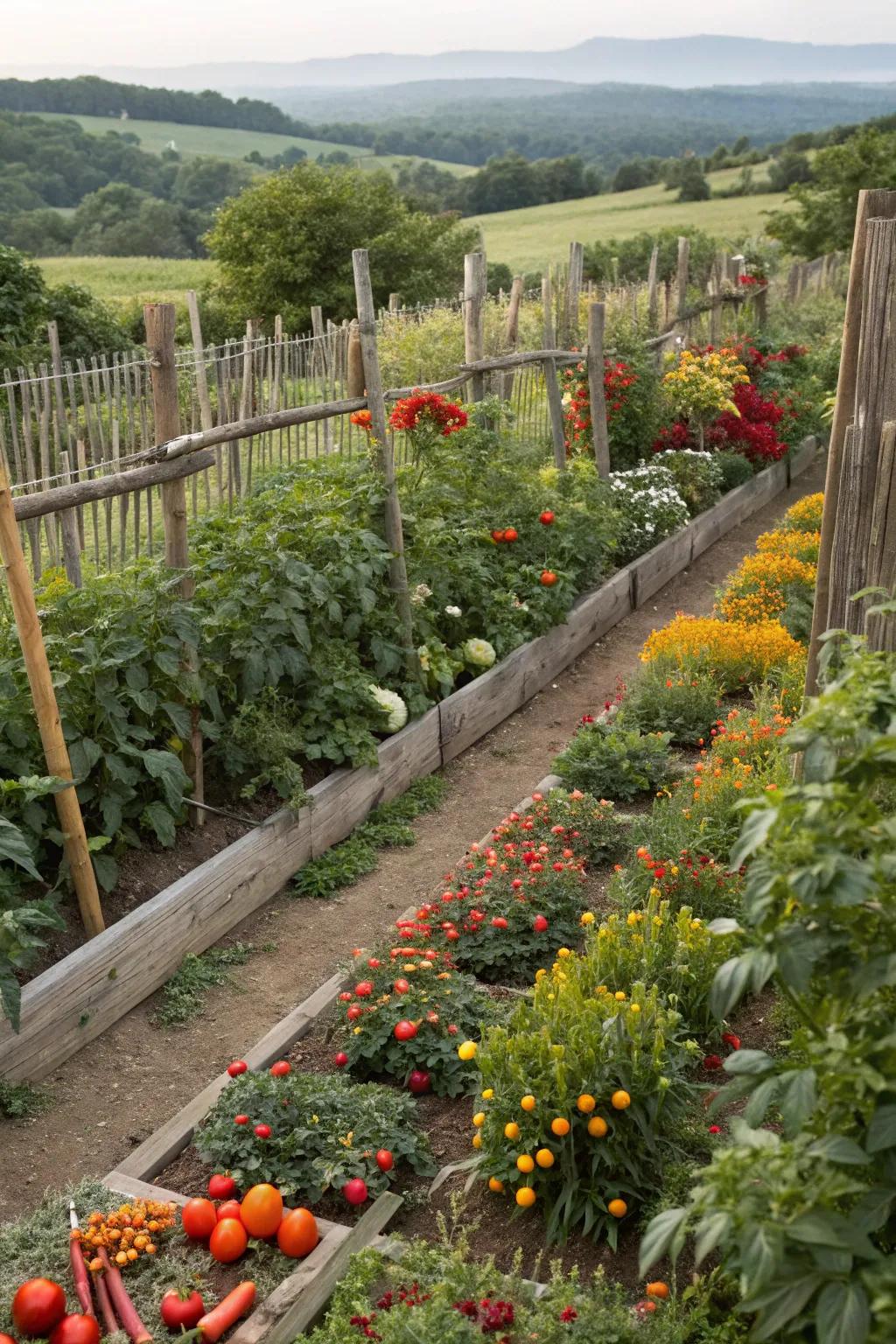
Creating a vegetable garden is not only practical but incredibly rewarding when living off-grid. My garden is a patchwork of leafy greens and vibrant veggies, providing fresh produce right at my doorstep.
Check these products out:
- Raised Garden Bed Kit: Easily create defined sections in your garden for neat and efficient planting. Start gardening smartly!
- Organic Vegetable Seed Pack: Access a variety of fresh vegetables by planting these organic seeds at home. Enhance your meals naturally!
- Gardening Tools Set: Equip yourself with essential tools for efficient planting and maintenance. Cultivate your garden with ease!
11. Craft a DIY Windshield for Cooking
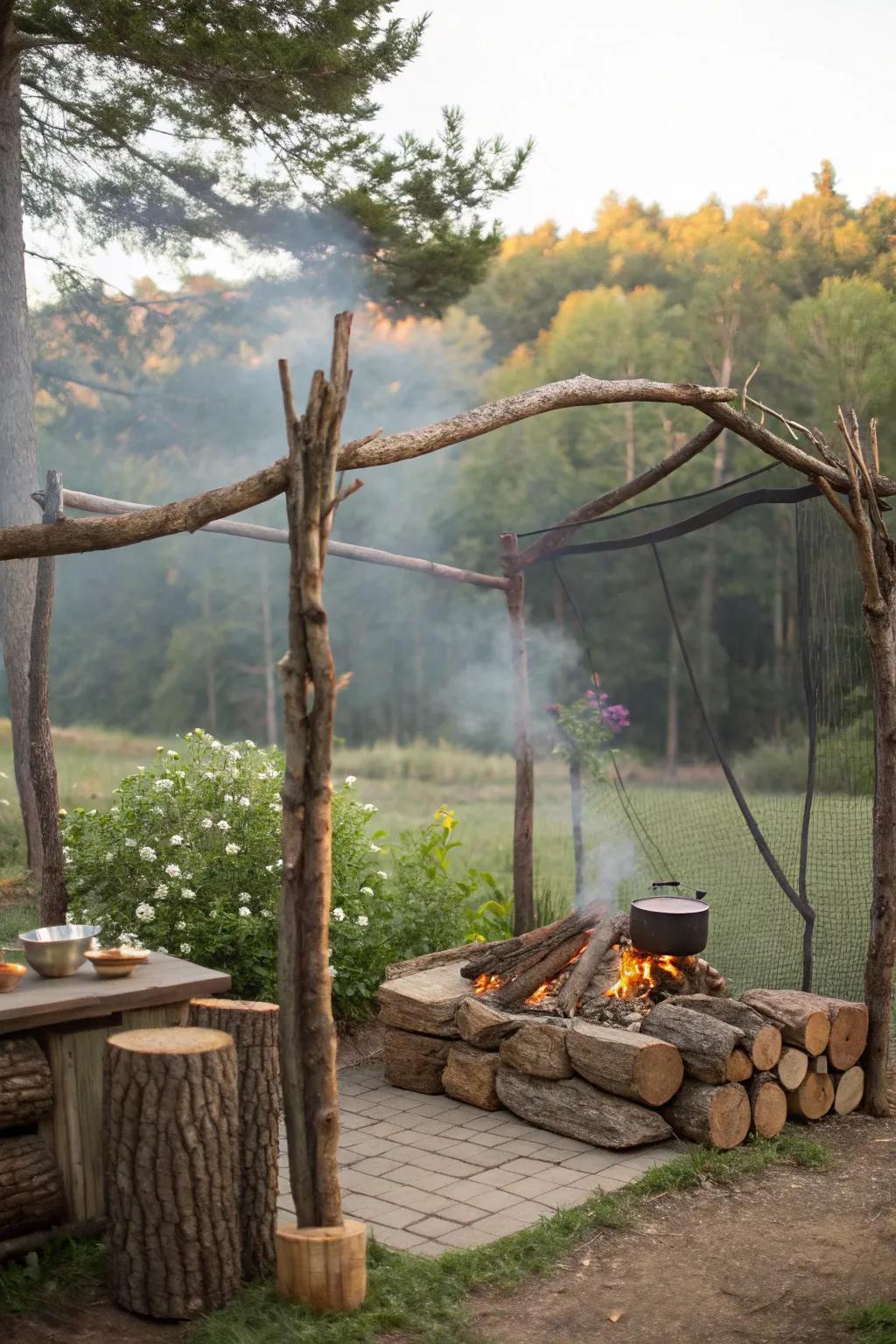
A simple yet effective windshield can enhance outdoor cooking. In breezy Austin, my makeshift barrier has made many cookouts possible.
A few things you might like:
- Collapsible Camping Windshield: Shield your flames from the wind with this portable, foldable camping windshield. Ideal for outdoor use.
- Adjustable Wind Guard Panels: Enhance your cooking setup with these adjustable panels. Stay cooking efficiently even in breezy conditions.
- Portable Camping Stove Windscreen: Ensure steady heat for your meals by using this lightweight, easy-to-carry windscreen. Perfect for camping.
12. Try Hydroponic Gardening

For those with limited space, hydroponic gardening is an innovative way to grow plants without soil. My indoor setup is perfect for herbs and leafy greens all year round.
These products might help:
- Hydroponic Grow Kit: Effortlessly start your indoor garden with this hydroponic grow kit. Ideal for beginners.
- LED Grow Lights: Enhance plant growth with energy-efficient LED grow lights. Perfect for indoor hydroponic setups.
- Nutrient Solution for Hydroponics: Ensure healthy plant growth with a balanced nutrient solution. Tailored for hydroponic gardening.
13. Practice Permaculture Design
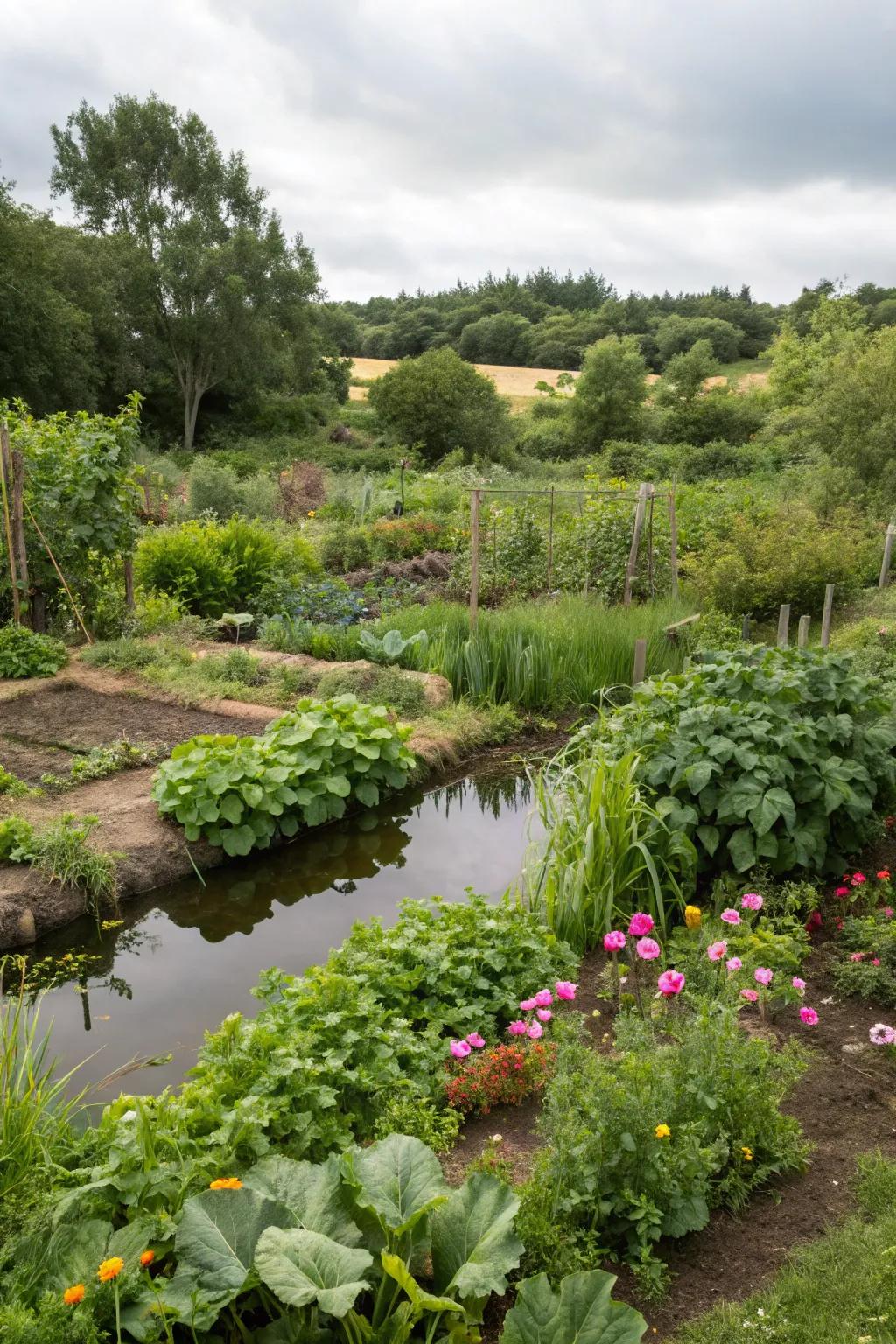
Integrating permaculture principles into your layout promotes a thriving ecosystem. My garden thrives with companion planting and careful water management.
Give these a look:
- Companion Planting Guide Book: Transform your garden’s ecosystem by understanding companion planting with this essential guide.
- Rainwater Harvesting System: Optimize your water management with an efficient rainwater harvesting system for sustainable gardening.
- Organic Mulch: Enhance soil health and moisture retention by using this premium organic mulch in your garden.
14. Experiment with Vertical Gardening
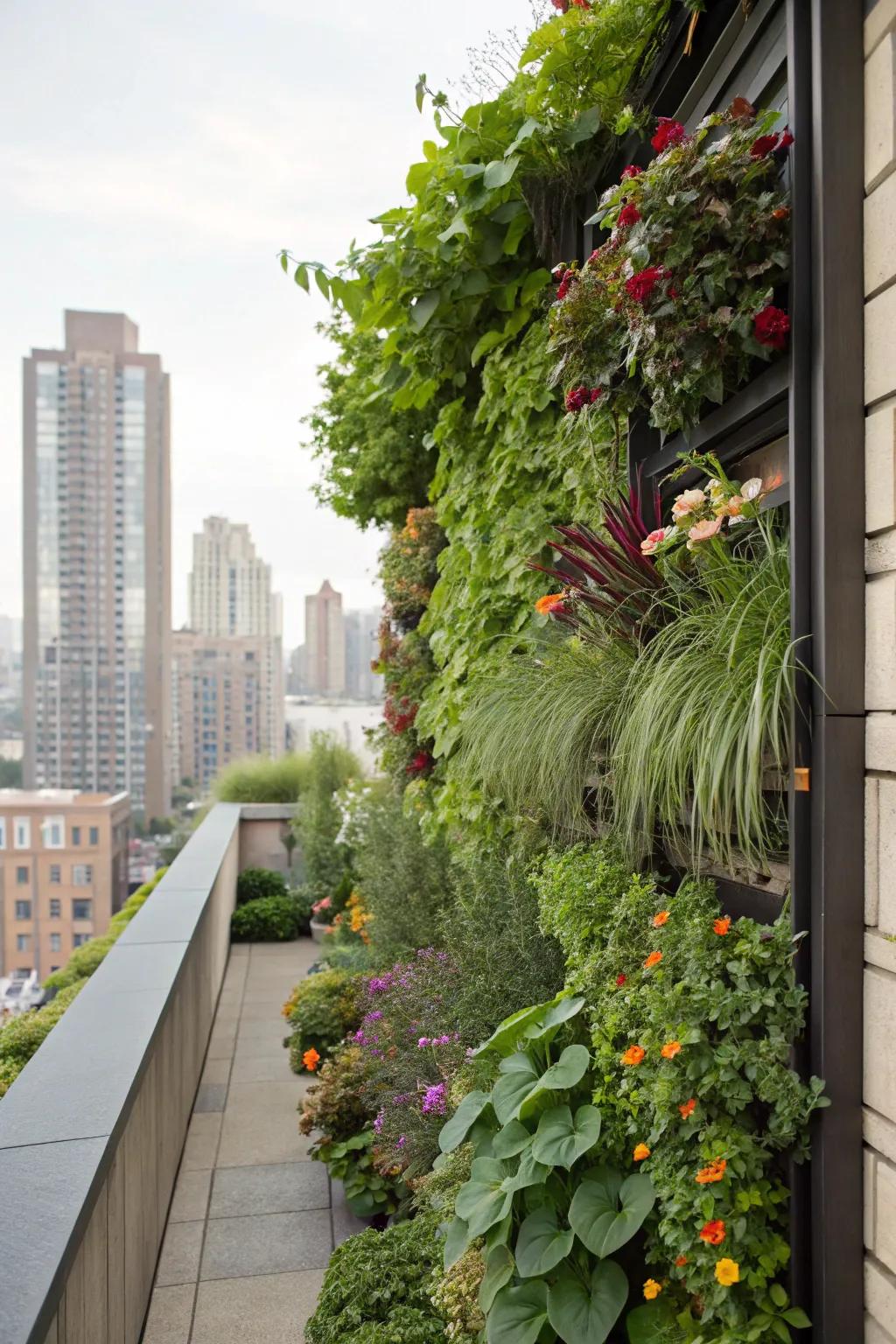
Maximize space with vertical gardening, perfect for small areas. My wall of herbs is not only practical but a delightful green feature.
Useful items to consider:
- Vertical Garden Planter Kit: Transform your wall into a lush garden with an easy-to-install vertical planter kit.
- Wall-Mounted Herb Planters: Grow fresh herbs right at your fingertips with sleek, space-saving wall-mounted planters.
- Self-Watering Vertical Planters: Make gardening effortless with self-watering planters that keep plants hydrated and thriving.
15. Create a Natural Swimming Pool
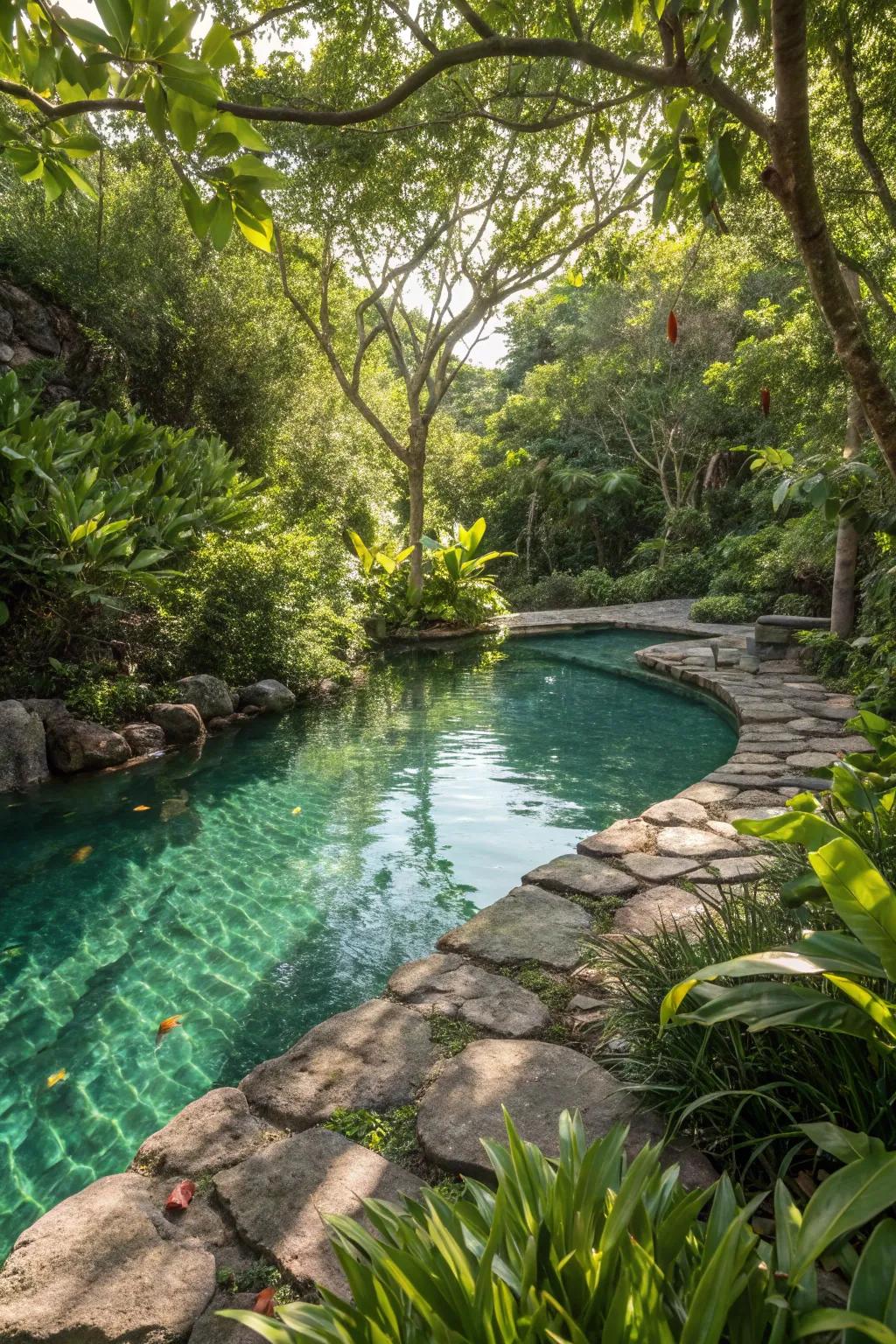
A natural swimming pool offers a beautiful, chemical-free way to cool off. Mine is a serene spot for relaxation and reflection.
Products that could assist:
- Pond Liner: Ensure a secure and waterproof base for your natural pool. Protects from leaks and erosion.
- Natural Pond Filtration System: Maintain clear, chemical-free water in your pool. Enhance the natural filtration process effortlessly.
- Aquatic Plants Kit: Add beauty and filtration to your pool. Choose plants that naturalize and purify the water.
16. Create a Wind Power System

If solar isn’t quite enough, harness the wind with a small wind turbine. In my area, the breeze adds a reliable energy boost during cloudy days.
Items that may come in handy:
- Small Wind Turbine Kit: Boost your energy setup with a compact wind turbine kit for off-grid applications.
- Wind Turbine Charge Controller: Ensure efficient power management with a reliable wind turbine charge controller.
- Wind Turbine Tower: Install your wind turbine securely with a sturdy, weather-resistant turbine tower.
